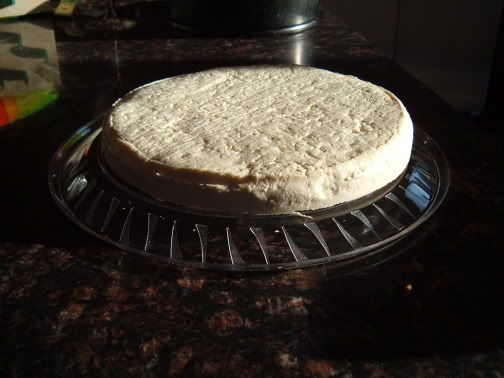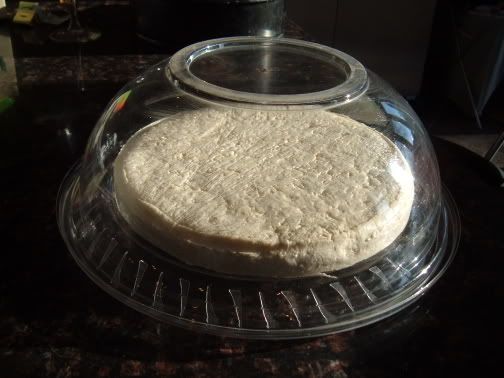Hi Buck....
No problem mate ......but to be honest I have not had very much luck with stilton with fruit in it like apricot or pineapple.
They all seem okay for about four weeks but when they mature the fruit has deteriorated so I think they must treat these with chemicals to stop the fruit from reacting with the cheese without getting too technical.
You can use any milk you like even from Tesco and even dried skimmed milk reconstituted and added cream.
The best cheese is made with unpasturised unhomogenised milk as it has all the right bacteria in it for good character.....I would have given my eye teeth for a supply of what they call RAW milk.
Only snag is you have to be careful who eats it as people with poor immunity systems could get few tummy troubles.
The French soft cheeses are very easy to make and are ready in a couple of weeks.....I am sure when Franco starts his new cheesepleese forum I will load it with cheeses for you interested guys to make .
So it maybe wise not to mix the two otherwise we will have cheeses being forced into collagen skins and being smoked.








